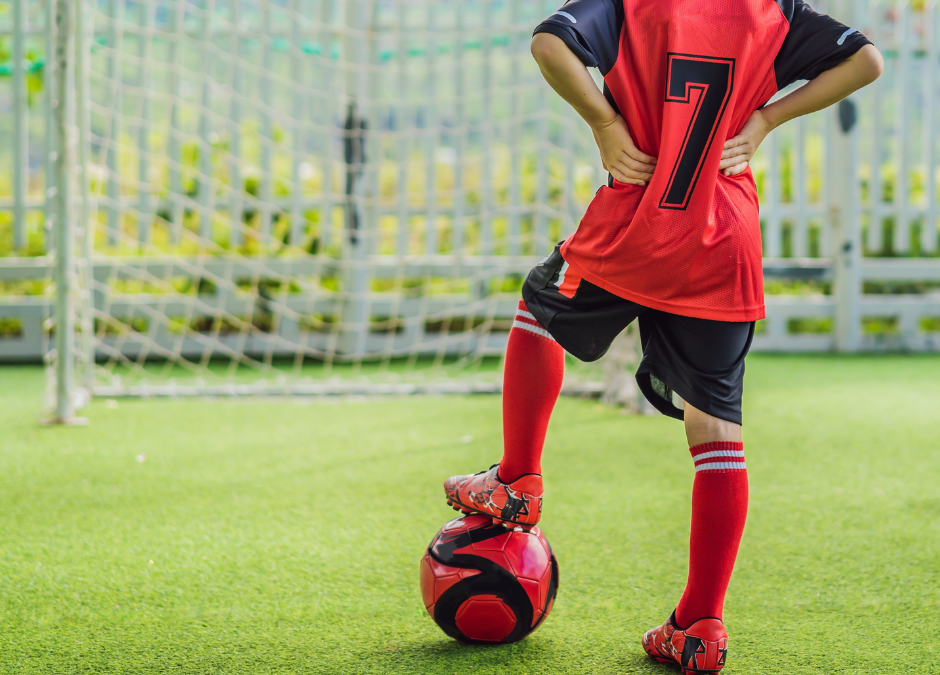The ability to move your body safely and efficiently should be the focus of your athletes’ strength training program.
Your coach should evaluate each athlete on multiple levels, biomechanically, physiologically, and psychologically. Simply put, build a “road map of success”, where your athlete is currently, both physically and mentally, and where they need to be. Your athlete may be the next big name in sports, but priority #1 will be keeping them on the active roster.
For younger or less experienced athletes, the emphasis on training should be mastering the fundamentals. This could include skills such as plyometrics(i.e. jumping), coordination drills, bodyweight strength and control, and if the occasion calls for it some light free weights.
Let’s break it down a little further…
The Fundamental Stage (Ages 6-9) – Here we get to build foundational movement skills like coordination, balance, and agility.
The Developmental Stage (Ages 9-12) – Introducing strength, speed, and power with structured training. Increasing the complexity of drills, as your athlete’s understanding of basic movements shows notable improvements.
In the first two stages, athletes aged 12 and under should focus on explosive activities. This will help build fast-twitch muscle fibers and establish a strong foundation of power for their future athletic careers.
The Advanced Stage (Ages 12-16) – Refining and maximizing performance for competitive success. Your athlete is moving efficiently with and without load, now they can truly start translating training patterns to sport-specific movements.
As athletes age, training should become more structured – it’s time to stop guessing. Now is the time to develop a plan to incrementally progress their strength training program to fit their athletic needs, this should also include focusing on healthy habits like goal-setting, recovery, nutrition, etc. Disclaimer: don’t overcomplicate these areas for yourself as the parent or your youth athletes, they are growing, so let them grow 🙂
Stay consistent in your plan, stay positive in your daily progress (big or small) and most of all remember why you love the sport you play. Find people/organizations to help keep you accountable, help you move safely and efficiently, and motivate you on the tough days.

